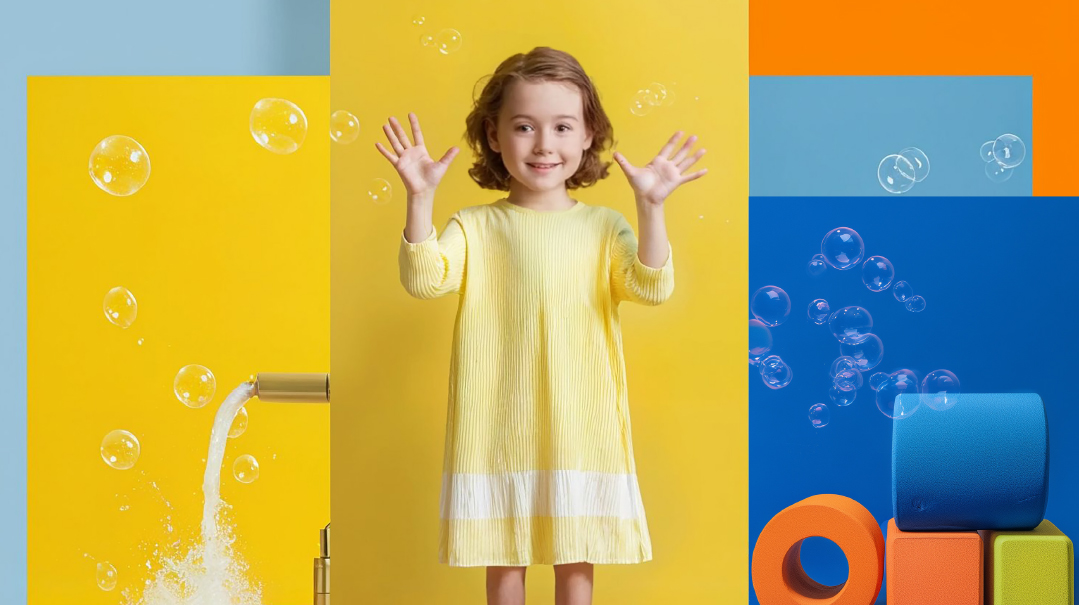Meet Chaya Shapiro

Morah Chaya’s videos about Torah, Yom Tov, and the alef-beis have amassed over 40,000 views and she plans to keep going


Veteran kindergarten teacher and professional development expert Chaya Shapiro had been teaching in Torah Academy for Girls for 21 years when coronavirus struck. Unable to teach her students live, she made a video for them that went viral — and feedback poured in from around the world. Just three months later, Morah Chaya’s videos about Torah, Yom Tov, and the alef-beis have amassed over 40,000 views and she plans to keep going.
All in:
I absolutely adore teaching preschool. It’s a labor of love. My approach is to be all in; if you’re not excited and inspired by your lesson, your students definitely won’t be. Find a teaching method that makes you excited and happy, and those feelings will transfer to your class.
I started giving workshops for Torah Umesorah as well as the Consortium of Jewish Day Schools (CoJDS), which reaches out to the very small communities — like Hamilton, Ontario — that don’t have many resources and often get overlooked. The consortium puts together professional development materials for them. Today, I give professional development to early childhood teachers across America.
Reaching my girls:
When COVID-19 hit, my school initially did phone calls. I started to panic: My poor girls! They wouldn’t get my Pesach experience — how can I teach five-year-olds over the phone?
I’m not very computer savvy, but one of my daughters was learning PowerPoint and she started teaching me. I’m a bit of a perfectionist, and I sat on that first video for hours and hours — I needed it to be authentically me. I tortured my kids, making them watch that first video a million times. I kept asking them, “Are you sure kids are going to like it? Are you positive?”
Since my school wasn’t doing videos, I asked the Consortium if they’d send out the video, figuring this way, out-of-town schools could use it too. Within two days, that video I’d made for my class had a thousand views. And these gorgeous emails started pouring in from parents and teachers from around the globe — Israel, South Africa, the UK — thanking me. I was shocked, but then I thought, “Okay, I guess people like it. I should make more.”
As part of their response to coronavirus, Torah Umesorah started distributing my videos as well. By now, we’ve posted 25 videos, which have received 40,000 views. We get so many emails with feedback, and they fuel me to keep going.
Oops! We could not locate your form.













